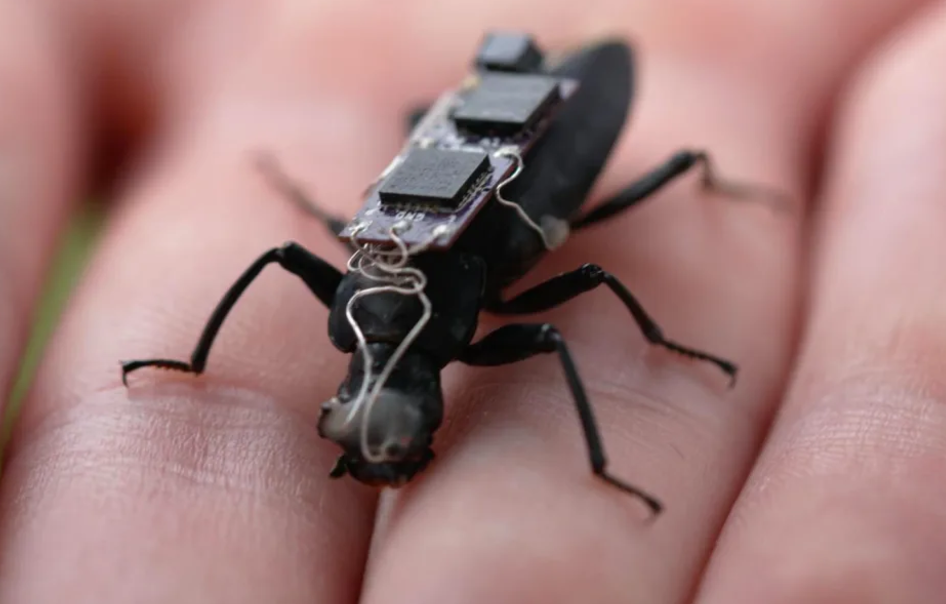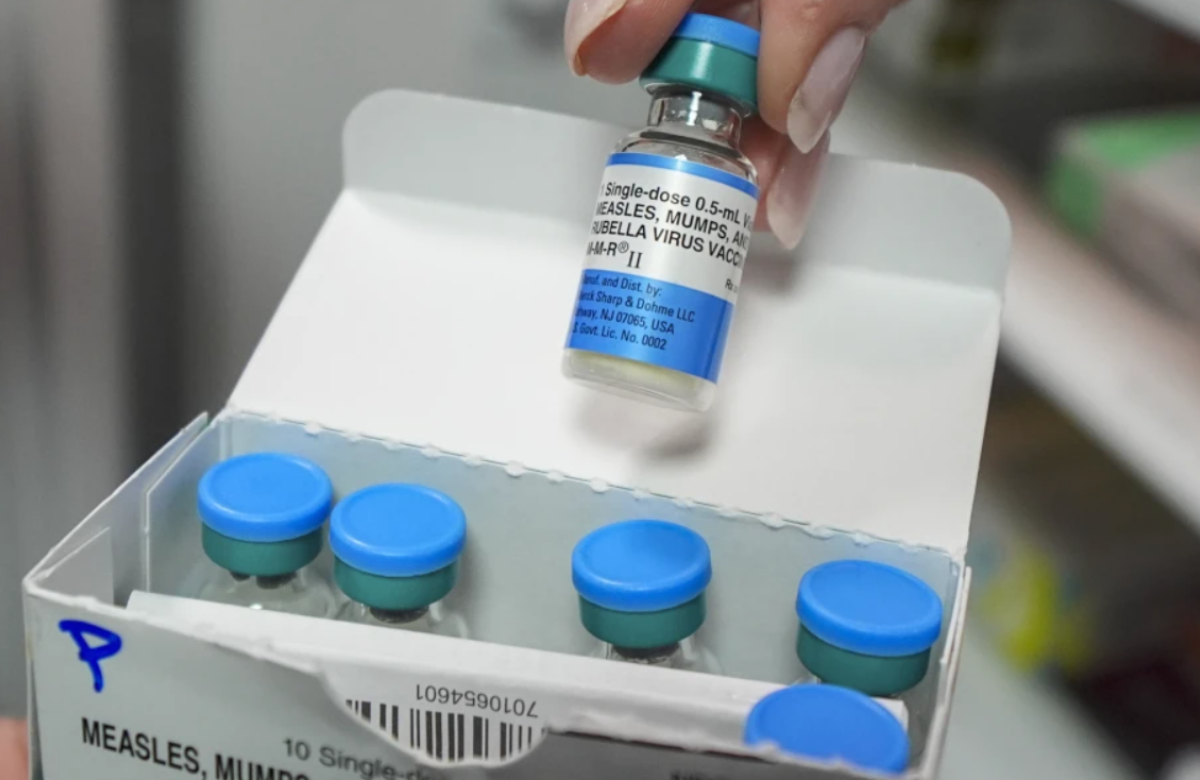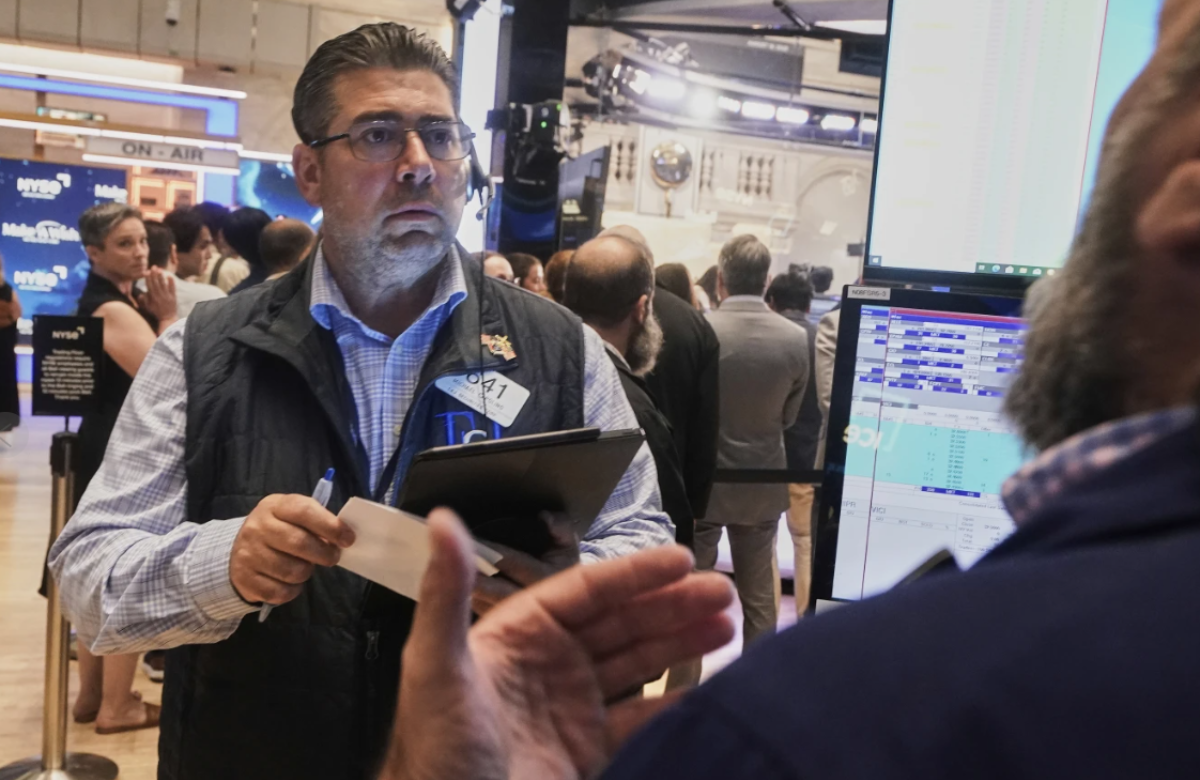University of Queensland student Lachlan Fitzgerald is currently working on a unique project. He’s turning a beetle into a cyborg. Before the operation, the worm is numbed by immersion in ice water, and then a small circuit board is attached to its back. This board controls the insect’s movements by sending electrical signals to its antennae.
“When the worm deviates from our intended path, we intervene and guide it back,” says Fitzgerald. He is studying mathematics and engineering and intends to use cyborg insects for search and rescue operations. “In urban disasters, such as earthquakes or bombings, where it is dangerous for humans to enter, cyborg insects will be able to move around quickly and efficiently,” he says.
At the biorobotics lab where Fitzgerald works, such control ‘backpacks’ are being fitted to giant cockroaches and darkling beetles in Australia. Darkling species of insects are found worldwide in a variety of environments, from tropical savannas to arid deserts.
Fitzgerald has no problem working with insects. They say, “I don’t find these bugs disgusting at all!” They claim that insects are better adapted than artificial robots. “Artificial robots have to do a lot of computation to deal with real- world situations, but insects change their behavior very easily to suit the situation,” he says.
These cyborg insects could be useful in locating survivors in disaster areas, reporting their location, or delivering life- saving medicine. However, controlling the movement of these insects completely is a big exercise and will take more time. “While it may seem futuristic at the moment, in a few decades cyborg insects will really save lives,” says Fitzgerald.
Fitzgerald is not the only one working in this field. Scientists at the California Institute of Technology (Caltech) are installing electronic pacemakers to control the movements of jellyfish. They will use it to collect data below the ocean surface. Similarly, researchers at Cornell University have created a robot controlled by the king oyster mushroom. The robot uses the mushroom’s electrical signals and photosensitivity to gain environmental information. It can be used to know the chemical status of soil for agriculture.
Ethical issues surrounding the creation of cyborg animals continue to be debated. Some researchers express the need for better regulation. According to Fitzgerald, backpack bugs live out their natural lives. “They don’t seem to be bothered by it,” he says. However, he acknowledges that concerns about the welfare of insects are valid. He adds, “This technology can save lives in urban disasters, so there is a need to reduce the skepticism about this sector.”
Although the idea of cyborg insects may seem like science fiction right now, researchers believe that they will be used for the welfare of humanity in the future.













